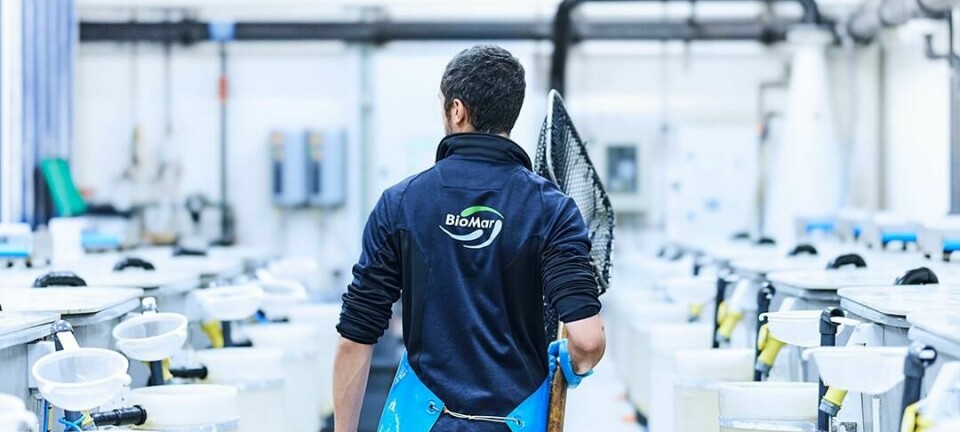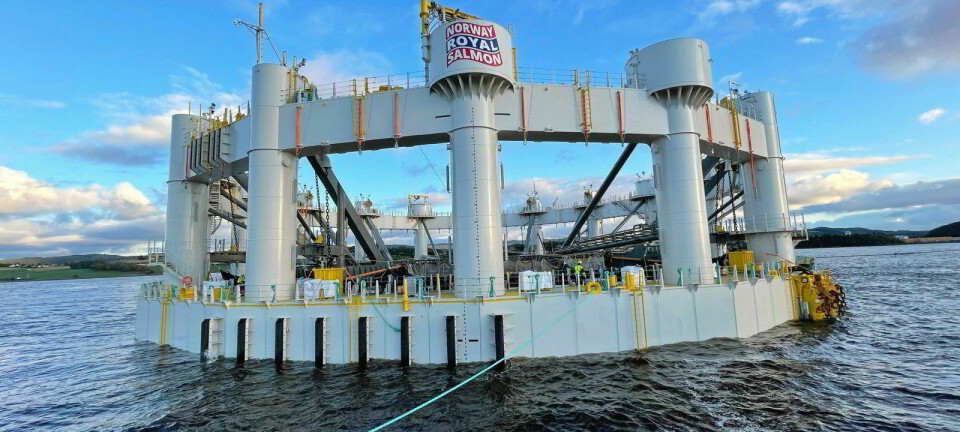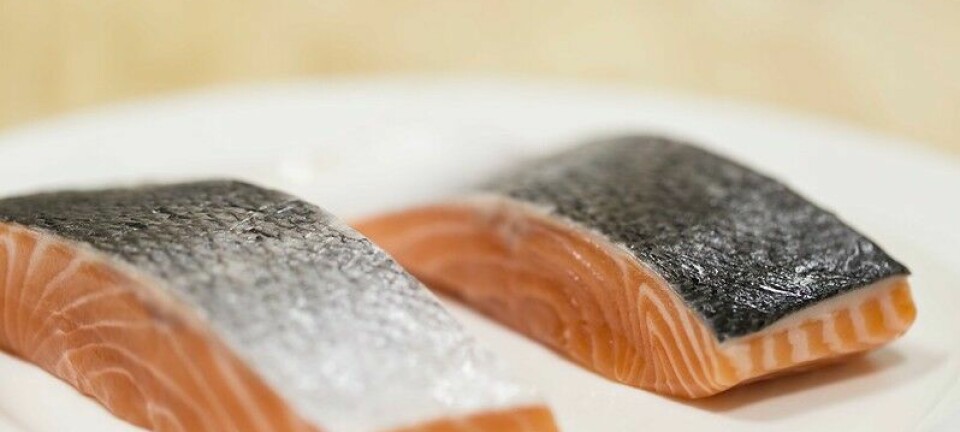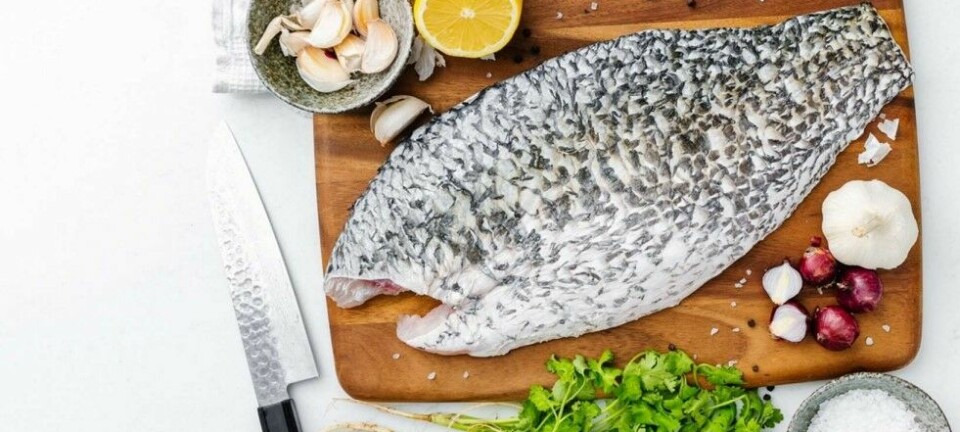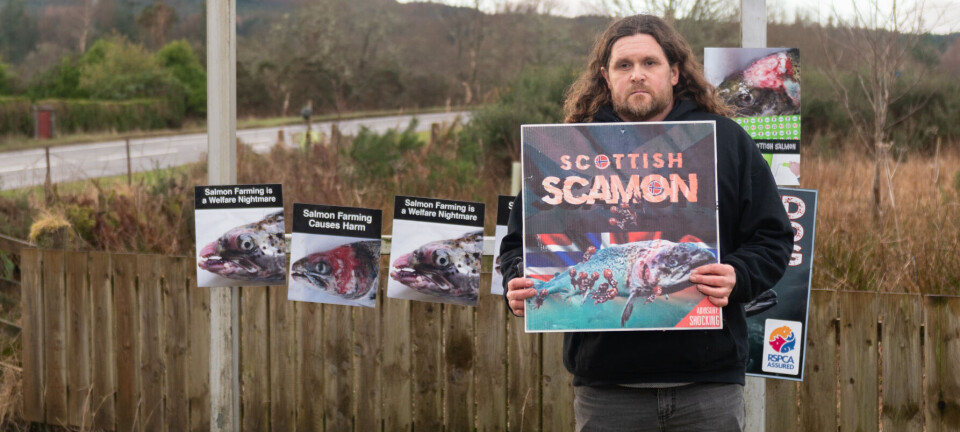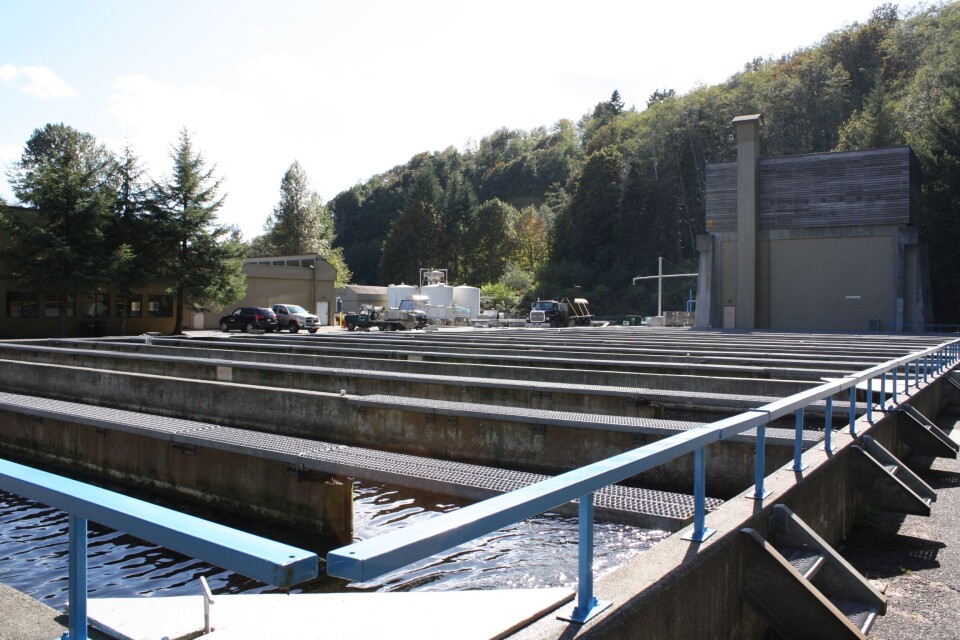
Denmark to pursue land-based salmon farming
Unaffected by the ruins of former land-based salmon farms in its North Atlantic neighbour Iceland, Danish fish farmers feel they can use their experience from growing Rainbow trout in freshwater ponds to also produce market-sized Atlantic salmon in similar facilities. Danish companies have been instrumental in the development and installation of numerous successful land-based fish rearing facilities around the world- often using Recirculating Aquaculture System (RAS) technology. But if you can’t make money using this technology along with the supply of warm seawater from geothermal wells in Iceland- how can you expect to pay the bills by using North Sea temperate sea water?
According to a recent release by the National Institute of Aquatic Resources in Denmark (DTU Aqua);
"The goal is to produce more fish, but with the same or even lower emissions of nitrogen out into the environment. This will be done partly through applying a known technique in freshwater farming, whereby bio-filters are used to convert the ammonia excreted by the fish into nitrate. Now the goal is to develop the technology to do the same with salt water, in order to convert this nitrate into nitrogen which can be released as a harmless gas. In this way the nitrogen is removed safely from the water," explains Per Bovbjerg Pedersen from DTU Aqua.
The environmentally friendly Danish model fish farms are to be expanded from the current freshwater farms to also include saltwater fish farms. This requires new technological solutions, which in itself could become something of an export bonanza. Fish farming is currently one of the world's fastest growing food industries. Denmark has a long tradition of fish farming and today is among the world leaders in equipment for green production, thanks to the development of so-called model fish farms.
The high-tech and environmentally friendly model fish farms use water from boreholes, rather than from rivers, and are based on water recirculation technology. This means that the fish farm recycles as much as 95 percent of the water instead of merely letting it drain away into the countryside. Now DTU Aqua and several of the key players in the industry are joining forces to take Danish fish farming a stage further. In order to put large rainbow trout and salmon on the menu as well, the so-called model fish farms are to be expanded to include the breeding of saltwater fish as well as freshwater fish – and it is to take place inland. The project is being supported by the Ministry of Food, Agriculture and Fisheries’ Green Development and Demonstration Programme (GUDP). "The global salmon market is huge. The production of fish in the aquaculture industry is increasing in several countries, but so far Denmark has not increased production significantly, mainly because of environmental restrictions,. But why should the Norwegians produce our salmon if we can do it just as well - and without compromising the environment?" asks technical project manager Per Bovbjerg Pedersen, from DTU Aqua in Hirtshals.






























